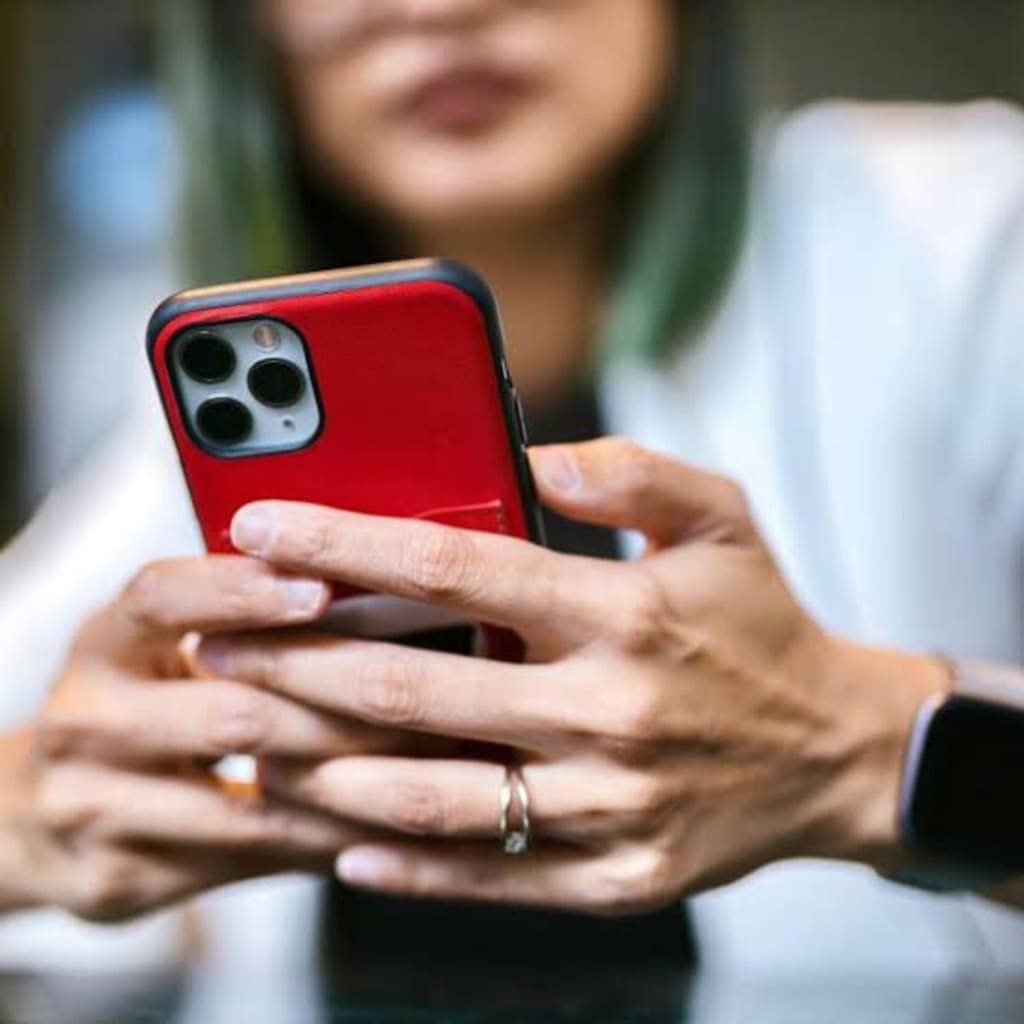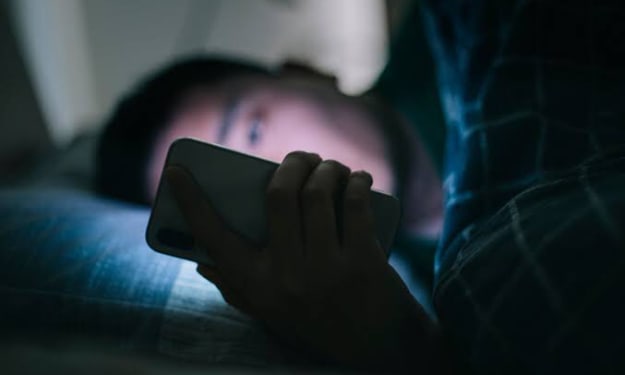WHAT IF CELLPHONES WERE SO POWERFUL THAT COULD MUTATE THE SHAPE OF OUR BONES
English

"A groundbreaking topic has recently gained widespread media attention, stemming from a scientific report that reveals a surprising truth about our phone and tablet use. Contrary to what you might expect, this report suggests that our bodies can undergo significant and lasting changes as a result of using these devices. This research, conducted by David Shahar and Mark Sayers, experts in biomechanics from the University of the Sunshine Coast in Australia, has been ongoing for several years. Biomechanics is a field that explores how the laws of mechanics apply to living organisms, from the way humans move to the intricate movements of insects' wings. The findings of this study have sparked a fascinating conversation about the impact of technology on our physical bodies."
"The External Occipital Protuberance (EOP) has been sensationalized as a 'foam ball' or 'devil-like horn', but in reality, it's a benign bony growth at the back of the skull. The EOP is connected to the nuchal ligament, a vital structure that anchors neck muscles to the skull. It serves as an anchor point, enhancing the ligament's functionality. The researchers aimed to investigate how skeletons change over time by analyzing chiropractors' X-rays of individuals aged 18-86. This study provided a unique opportunity to examine the effects of aging on skeletal development, particularly in relation to neck pain and potential health consequences. By examining these X-rays, the researchers sought to gain a contemporary understanding of skeletal changes and their implications for our overall health."
"Shahar and Sayers observed a higher prevalence of External Occipital Protuberance (EOP) among young individuals. They hypothesized that the frequent use of phones and tablets, leading to a forward-leaning posture, was a significant contributing factor. During screen time, the neck naturally inclines forward, placing additional pressure on the area where the skull meets the spine. As a result, the EOP gradually lengthens, growing by several millimeters. This phenomenon has also been referred to as 'text neck.' Notably, the researchers found that this condition was more common among men, with 67% of males affected, as reported by Shahar and Sayers in 2016."
"In a study of 218 individuals, researchers found that 20% of women and 67% of men exhibited signs of 'text neck' (EOP). By 2018, the study had expanded to include 1,200 participants, revealing that males were five times more likely to develop this condition. But what are the broader implications for human health? While concerns about phone radiation and its potential link to cancer are well-known, this new report raises questions about the physical toll of mobile device use on our bodies. This research has sparked a crucial debate, as experts explicitly highlight the impact of technology on our physical well-being for the first time." "Shahar and Sayers characterized the elongated EOP as a degenerative process, suggesting that continued device use among young people will only lead to further deterioration. Additionally, 'text thumb' or thumb arthritis, a condition similar to carpal tunnel syndrome, can cause significant thumb problems. However, the study's findings on EOP, referred to as 'horns' or 'spikes,' have been met with criticism from experts in the field. They argue that the report's conclusions are not definitive and, like any scientific study, are based on assumptions. Moreover, archaeologists note that longer skull bones are not uncommon, particularly in males, and have been present throughout history. Critics of the study argue that the evidence is not sufficient to support the claims." "There isn't sufficient concrete evidence to support the claim that using cell phones is transforming us into Hellboy-like creatures. Shahar and Sayers may be onto something, or they might be repackaging established facts to fit their narrative. Regardless, it's undeniable that technology has a profound impact on our lives. The notion that constant device use is shaping future generations is a pressing concern that warrants attention. Ultimately, future archaeologists will be the ones to assess the long-term effects. Perhaps they'll find that we've evolved beyond the need for physical activity, or maybe they'll discover that a balance between tech and nature is the key to our well-being. In any case, it's time to consider trading in some screen time for a walk in the park – who knows, our future necks might thank us!"
About the Creator
Ken Clepper
Versatile wordsmith and history buff: poet, author, essayist, and enthusiast of the past."
Enjoyed the story? Support the Creator.
Subscribe for free to receive all their stories in your feed. You could also pledge your support or give them a one-off tip, letting them know you appreciate their work.






Comments
There are no comments for this story
Be the first to respond and start the conversation.